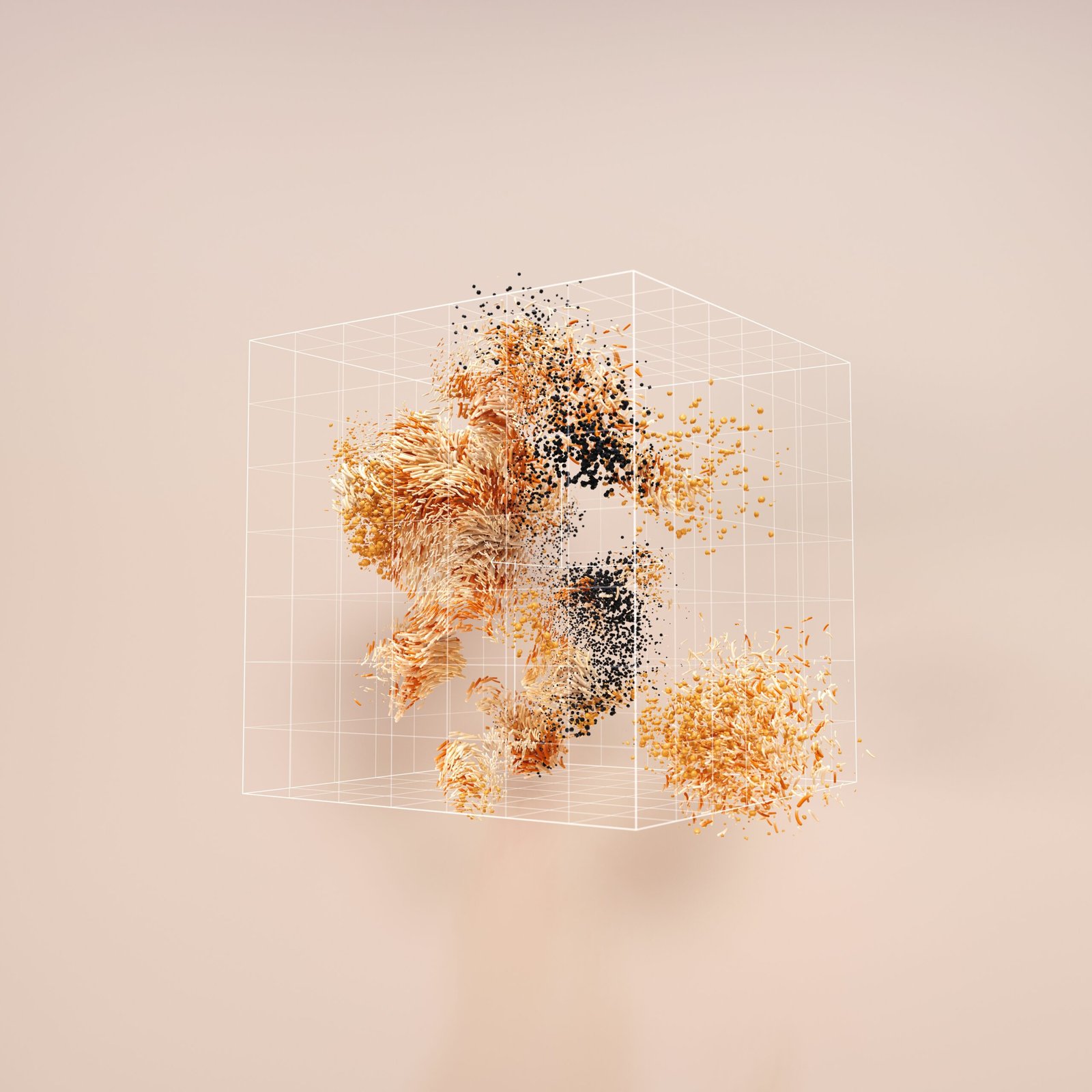Understanding Generative AI: What It Is and How It Works
Generative AI represents a groundbreaking facet of artificial intelligence that involves creating new content from pre-existing data. This technology leverages complex algorithms and models to synthesize original text, images, music, and more, influencing various industries such as entertainment, marketing, and design. At its core, generative AI relies on understanding patterns and structures within large datasets, enabling it to produce coherent and contextually relevant outputs.
The mechanics of generative AI can primarily be seen through models like Generative Adversarial Networks (GANs) and transformers. GANs consist of two neural networks: a generator and a discriminator. The generator creates new data instances, while the discriminator evaluates them against authentic data, thus enhancing the generator’s ability to produce increasingly realistic outputs. This adversarial process drives innovation and improves the fidelity of generated content.
On the other hand, transformer models use attention mechanisms to process data sequences, making them particularly effective in tasks involving language generation. These models can analyze and generate vast amounts of text by predicting the next word in a sentence based on its context, thus allowing for the creation of compelling narratives and dialogue. With the advent of transformers, the quality of generated text has dramatically improved, furthering the appeal of generative AI in creative industries.
The implications of generative AI stretch across numerous sectors. For instance, in marketing, businesses can utilize generative models to create personalized content on a large scale, enhancing customer engagement. In the arts, musicians and visual artists have begun to experiment with generative techniques to inspire and augment their creative processes, demonstrating the potential of AI to act as a collaborative partner. Through continual advancements in generative AI technology, the boundaries of creativity and feasibility are being redefined.
Impact on Creative Industries: Revolutionizing Art, Music, and Literature
The advent of generative AI has initiated a significant transformation within creative industries, altering how art, music, and literature are produced and perceived. By utilizing algorithms and machine learning, generative AI can assist artists in creating unique works, often sparking inspiration in ways previously unimaginable. For instance, the music industry has witnessed collaborations between musicians and AI programs that generate melodies or compositions based on specific styles. These AI-generated pieces can inspire artists to explore new musical genres or even remix traditional compositions, thus expanding the horizons of creativity.
In the visual arts, generative AI tools, such as those using neural networks, enable artists to experiment with different styles and techniques, resulting in innovative artworks that blend human creativity with machine learning. Famous examples include the work of the digital artist Refik Anadol, whose AI-generated installations have captivated audiences worldwide. These collaborative endeavors challenge traditional notions of authorship and originality, leading to discussions about how credit and recognition should be assigned in an era of human and machine partnerships.
Moreover, the integration of AI in literature is becoming increasingly prevalent, with innovations such as AI-generated poetry and storytelling. Tools like OpenAI’s GPT-3 can assist writers by providing inspiration or even drafting entire narratives. However, this fusion of human and machine creativity raises essential questions regarding intellectual property rights. As generative AI continues to evolve, defining the ownership of AI-assisted creations becomes crucial to ensuring that both artists and developers are respected for their contributions.
Despite the myriad advantages generative AI offers, artists contend with challenges such as the fear of decreased job opportunities and the erosion of traditional skill sets. Nevertheless, the emergence of new roles that focus on navigating AI-enhanced creative processes signals a future where human creativity and generative AI can coexist and thrive in an ever-evolving landscape.
Generative AI in Business: Streamlining Operations and Enhancing Decision-Making
Generative AI has emerged as a transformative tool across various sectors, revolutionizing business operations and enabling companies to achieve unprecedented levels of efficiency and personalization. By leveraging advanced algorithms and machine learning techniques, businesses are automating tasks that previously required significant human intervention, thereby streamlining workflows and reducing operational costs.
One notable application of generative AI is in the realm of marketing. Companies are utilizing AI-powered tools to analyze customer data and create tailored marketing strategies that resonate with their target audience. For example, a leading e-commerce platform employed generative AI to design customized email campaigns, resulting in a staggering increase in customer engagement and conversion rates. These AI systems can generate compelling content and visuals that align with consumer preferences, ensuring that marketing efforts are not only efficient but also impactful.
In the manufacturing sector, generative AI is being harnessed to optimize production processes. It enables manufacturers to predict equipment failures and maintenance needs, thus minimizing downtime and enhancing productivity. An automotive manufacturer, for instance, integrated a generative AI system into their supply chain management, which improved inventory levels and reduced waste through real-time data analysis and forecasting.
The finance industry is also benefiting significantly from generative AI. Financial institutions are using these innovative technologies for risk assessment, fraud detection, and portfolio management. A case in point is a major bank that employed a generative AI model to analyze transaction patterns, effectively identifying fraudulent activities while providing personalized financial advice to customers.
However, while the advantages of generative AI are significant, businesses must navigate ethical considerations and potential pitfalls. Issues regarding data privacy, algorithmic bias, and the implications of automation on employment need careful attention. As the technology continues to evolve, it is imperative for organizations to adopt responsible practices, ensuring that generative AI solutions are implemented ethically and inclusively.
The Ethical Landscape of Generative AI: Challenges and Responsibilities
The rise of generative AI has sparked a significant discussion concerning the ethical implications tied to its use across various sectors. As this technology continues to advance, pressing issues such as data privacy, misinformation, and bias in AI-generated content require immediate attention. The deployment of generative AI systems presents potential risks, including the unauthorized use of personal data, which raises concerns about individual privacy rights. Safeguarding this data is paramount to maintaining user trust and a healthy digital ecosystem.
Moreover, the prevalence of misinformation generated by AI tools can lead to unintended consequences that misinform the public and distort reality. Given that generative AI can create convincingly realistic text, images, and videos, distinguishing between genuine content and fabricated material has become increasingly challenging. This challenge underlines the necessity for robust guidelines to prevent the dissemination of false information and provide accountability for creators and users alike.
Another critical aspect of the ethical landscape revolves around the potential for bias within AI outputs. Training datasets may contain inherent biases that, if not addressed, can result in discriminatory and unfair representations. Such biases not only undermine the credibility of generative AI technologies but can also perpetuate harmful stereotypes. Developers must prioritize inclusivity and fairness when designing systems, ensuring that diverse perspectives are represented in training data.
In light of these challenges, there arises a collective responsibility among policymakers, developers, and society to establish clear frameworks for the ethical use of generative AI. Policymakers ought to create regulations that promote transparency and accountability, while developers must build tools that prioritize ethical considerations. Society must engage in ongoing dialogue about these issues to shape a future where generative AI enhances creativity and industry without compromising ethical standards. Ensuring the responsible deployment of this transformative technology requires a concerted effort, balancing innovation with ethical responsibility.


